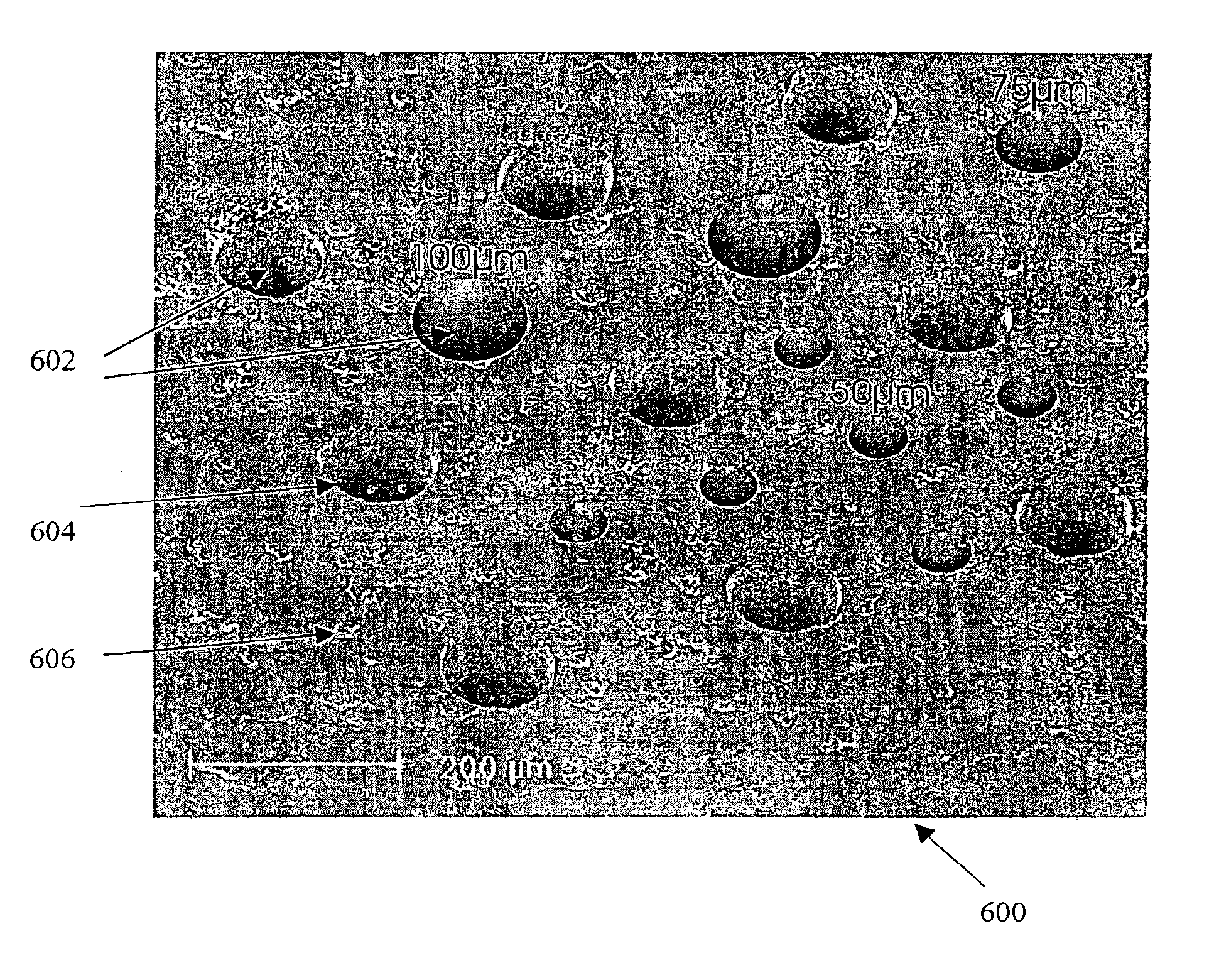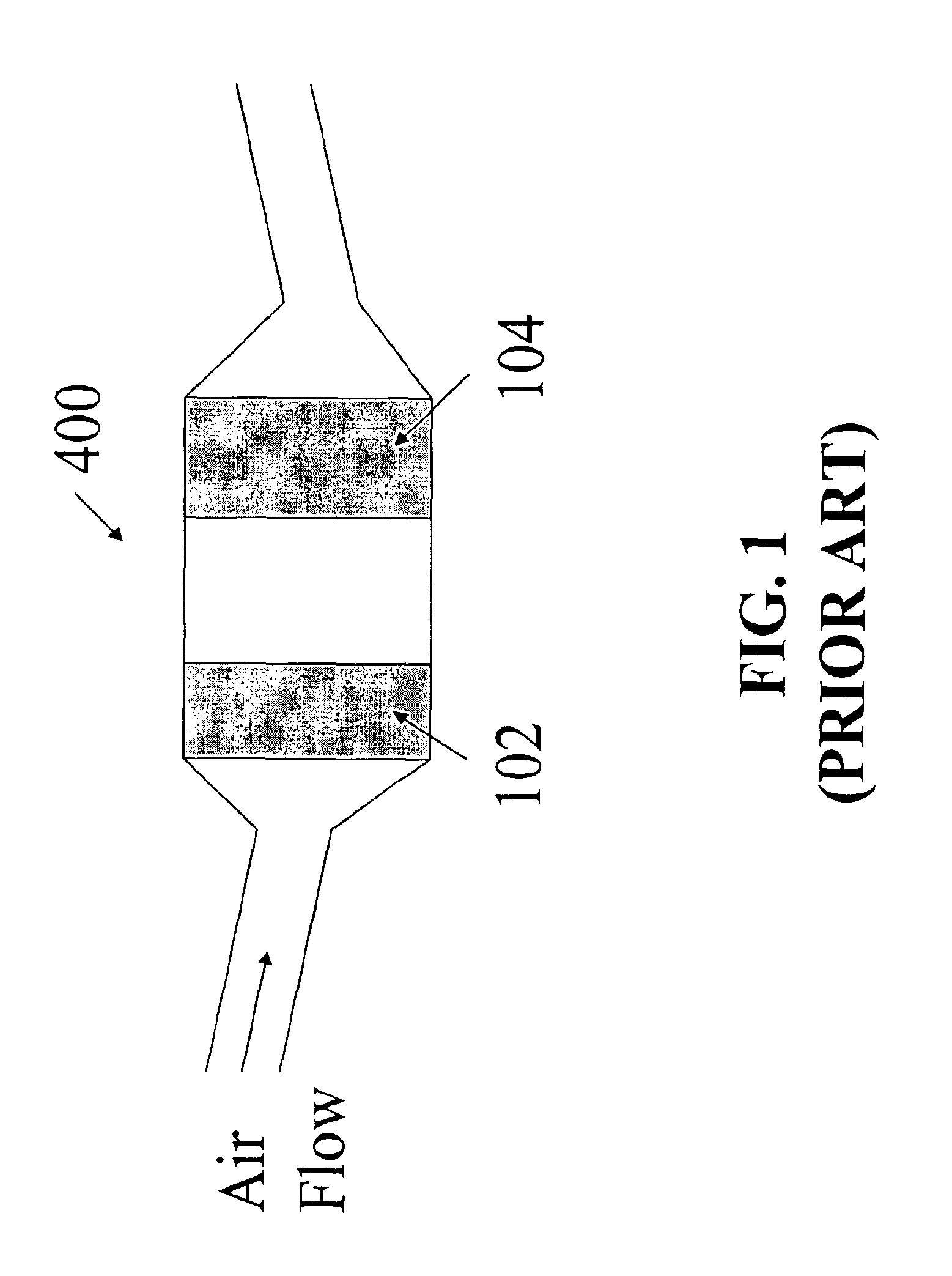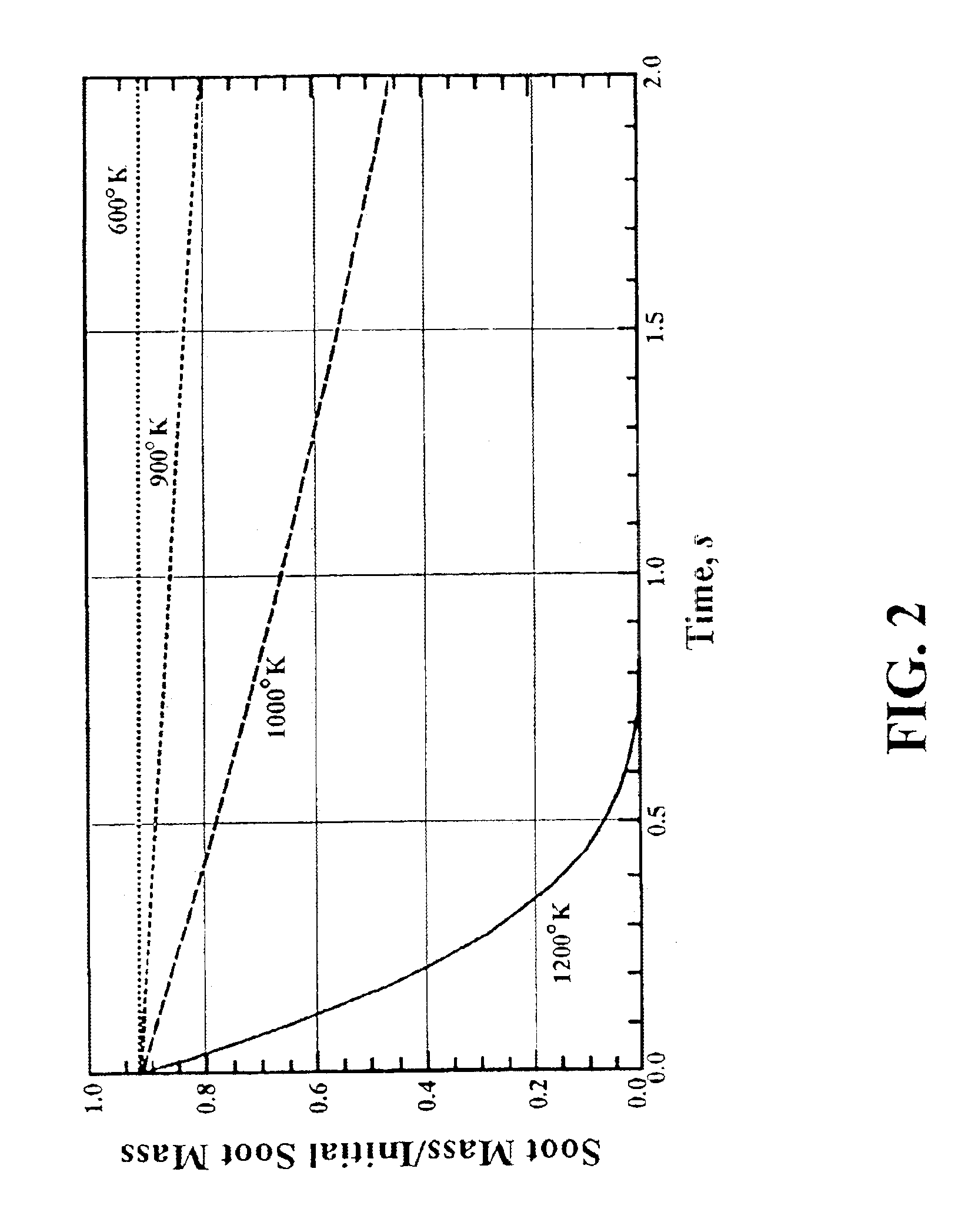Ceramic exhaust filter
a technology of exhaust filter and ceramic filter, which is applied in the direction of air quality improvement, dispersed particle filtration, combination devices, etc., can solve the problems of exceeding the combustion process is never perfect, and the regulations regarding emission standards exceed the physical and economic limits of conventional catalytic converter technology. , to achieve the effect of high heat, low thermal expansion, and high surface area
- Summary
- Abstract
- Description
- Claims
- Application Information
AI Technical Summary
Benefits of technology
Problems solved by technology
Method used
Image
Examples
example 1
[0082]Foundation: The foundation or fiber blank is created using an alumina-enhanced thermal barrier formulation. The alumina-enhanced formulation can be created in different densities and are differentiated by number. The numbers stand for the weight on one cubic foot of the material or “pcf.” As an example, an 8 is considered low density and a 25 is considered high density. The alumina-enhanced formulation can vary in “pcf” range between 2 and 50, but preferably between 8 and 25 for the present invention. In this exemplary embodiment, the low density alumina-enhanced formulation is used as lower density provides more surface area to trap particulates.
[0083]The fiber blank is typically grown or formed in approximately 13″×13″×5″ blocks. From the fiber blank a five inch tall cylinder which is six inches in diameter or an oval right-cylinder preform is cut from the blank using a diamond tipped or tungsten-carbide band saw. This preform is further machined to exact tolera...
example 2
Gasoline Engine
[0090]Foundation: Once again, for this exemplary embodiment for a gasoline engine, the foundation is formed using the same alumina-enhanced thermal barrier formulation. The alumina-enhanced composite matrix ceramic “pcf” range can be between 2 and 50, but preferably between 8 and 25. In this exemplary gasoline engine embodiment, the low density alumina-enhanced composite matrix ceramic 8 is used as it provides a low density yet strong fiber blank.
[0091]Again, the fiber blank is typically grown in approximately 13″×13″×5″ blocks from which a five inch tall cylinder which is six inches in diameter or an oval right-cylinder preform is cut. Cutting is performed using a diamond tipped or tungsten-carbide band saw and then the filter element is machined to exact tolerances on a spinning lathe or belt sander.
[0092]Tubes: Once the foundation is cut and sanded to final dimensions the tubes are cut or drilled into the filter element. For the exemplary embodiment for a gasoline ...
PUM
| Property | Measurement | Unit |
|---|---|---|
| porosity | aaaaa | aaaaa |
| density | aaaaa | aaaaa |
| temperature | aaaaa | aaaaa |
Abstract
Description
Claims
Application Information
 Login to View More
Login to View More - R&D
- Intellectual Property
- Life Sciences
- Materials
- Tech Scout
- Unparalleled Data Quality
- Higher Quality Content
- 60% Fewer Hallucinations
Browse by: Latest US Patents, China's latest patents, Technical Efficacy Thesaurus, Application Domain, Technology Topic, Popular Technical Reports.
© 2025 PatSnap. All rights reserved.Legal|Privacy policy|Modern Slavery Act Transparency Statement|Sitemap|About US| Contact US: help@patsnap.com



